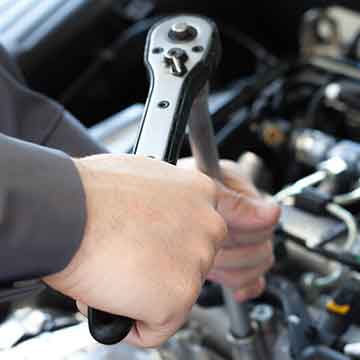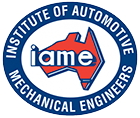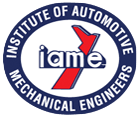Antonella Abbate • 20 September 2021
Spirit Super - An employer’s guide to ‘stapling’
From 1 November 2021, Australian workers will be ‘stapled’ to their existing super fund or the first super fund they join.

The new rules, announced as part of the government’s recent Your Future, Your Super reforms, will see workers automatically stay with their existing super fund when changing jobs — unless they actively choose a different fund.
The change aims to reduce the number of super accounts Australians accrue throughout their working lives and eliminate unnecessary fees workers pay for multiple super accounts.
By reducing the number of duplicate super accounts, Treasury estimates Australians will save about $2.8 billion over the next ten years.
Changes for employers
The new stapling laws will change how employers onboard new employees. The table below shows the current steps versus the new requirements from 1 November 2021.
Onboarding process
BEFORE 1 November 2021
STEP 1: If your employee chooses an eligible super fund, you must pay super guarantee contributions into that fund.
STEP 2: If your employee doesn’t choose an eligible fund, you pay super guarantee contributions into your default MySuper fund.
Onboarding process
FROM 1 November 2021
STEP 1: No change: If your employee chooses an eligible super fund, you must pay super guarantee contributions into that fund.
STEP 2: If your new employee doesn’t choose an eligible fund, you must search ATO online services to see if your new employee has an existing super fund. If they do, you must pay super guarantee contributions into that fund. This step can only occur after your employee has commenced working for you and you’ve submitted a Tax file number declaration form or Single Touch Payroll pay event linking them to you.
STEP 3: If your employee doesn’t choose a fund and your search of ATO online services shows they don’t have an existing super fund, you pay super guarantee contributions into your default MySuper fund. Stapling won’t impact existing employees, and employers must continue paying compulsory super guarantee payments into the current nominated fund.
It’s important to note that stapling requirements are the responsibility of employers — not employees or super funds. They’re also compulsory, and the ATO will be imposing penalties for employers who don’t comply.
Recently the ATO advised that there will be a 12-month ’introductory period’ from 1 November 2021 to 31 October 2022. Penalties incurred during this time will be reduced to nil if employers can prove they’re making reasonable attempts to comply.
More information
For more details about stapling, including the processes and requirements for employers to meet your super obligations, see
our website.
For details about how to request stapled fund details for employees, see the ATO.
For details about the full suite of Your Future, Your Super reforms, see Treasury.
Any advice given in this article is provided by Quadrant First Pty Ltd (ABN 78 102 167 877, AFSL 284443) (Spirit Super Advice), which is wholly owned by Motor Trades Association of Australia Superannuation Fund Pty. Limited (ABN 14 008 650 628, AFSL 238718), the trustee of Spirit Super (ABN 74 559 365 913). A copy of the Financial services guide for Spirit Super Advice is available at spiritsuper.com.au/financial-services-guide
or by calling us on 1800 005 166. You should consider the Product disclosure statement and Target market determinations available at spiritsuper.com.au/pds
or by calling 1800 005 166 before deciding if the fund is appropriate for you.
We're giving you this information in good faith. It comes from sources we think are reliable and accurate. However, we don't accept any liability relating to any linked external websites.

AI is now core to the latest generation of ADAS: deep-learning perception stacks, on-board real-time inference and sensor fusion enable crash-avoidance features that demonstrably reduce collision rates (notably AEB/FCW), while vehicle dynamics control is evolving from rule-based ESC to predictive, AI-assisted torque-vectoring and integrated stability management. Modern systems combine camera/radar (and in some programs lidar, mapping and environmental sensing) to detect, predict and act within fractions of a second; this increases safety but also creates new service obligations — precise sensor calibration, validated software/firmware management, authenticated OTA updates and documented post-repair procedures.

For workshops and maintenance operations that take a conservative, risk-averse approach to chemical use, changes to a product’s chemical formulation matter far more than marketing claims. LOCTITE’s latest generation of threadlockers represents a quiet but significant shift in this regard: a reformulation driven not just by performance outcomes, but by chemical risk reduction and sustainability considerations .






